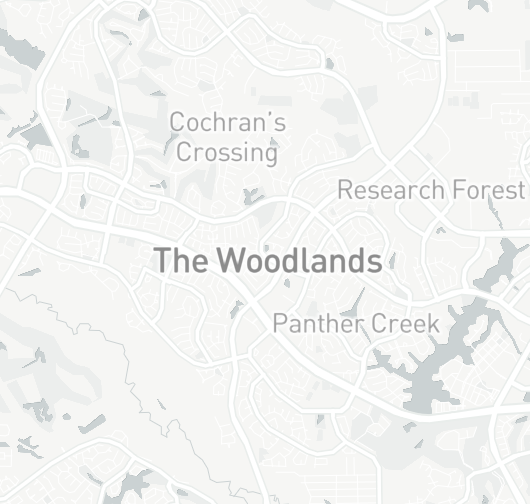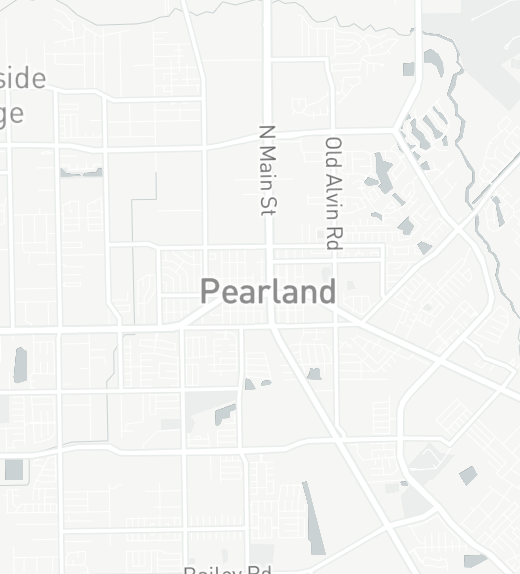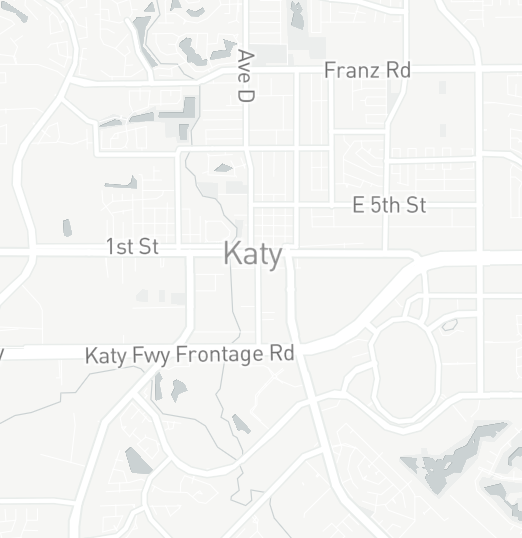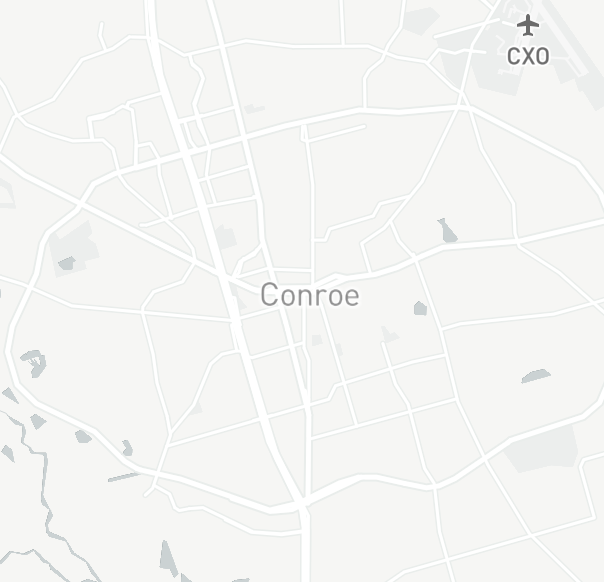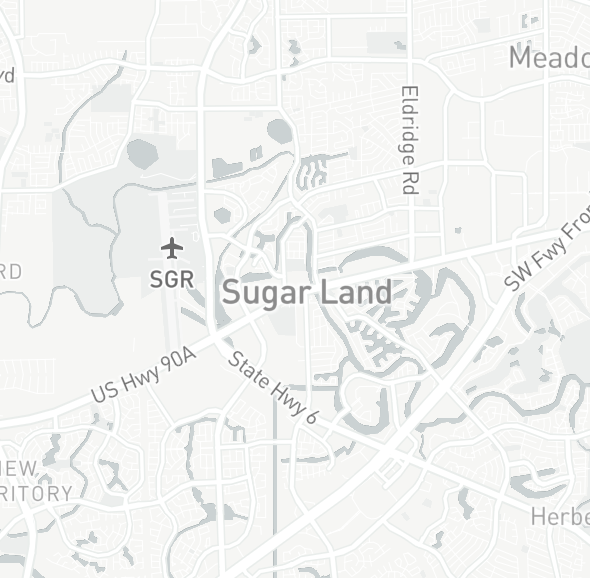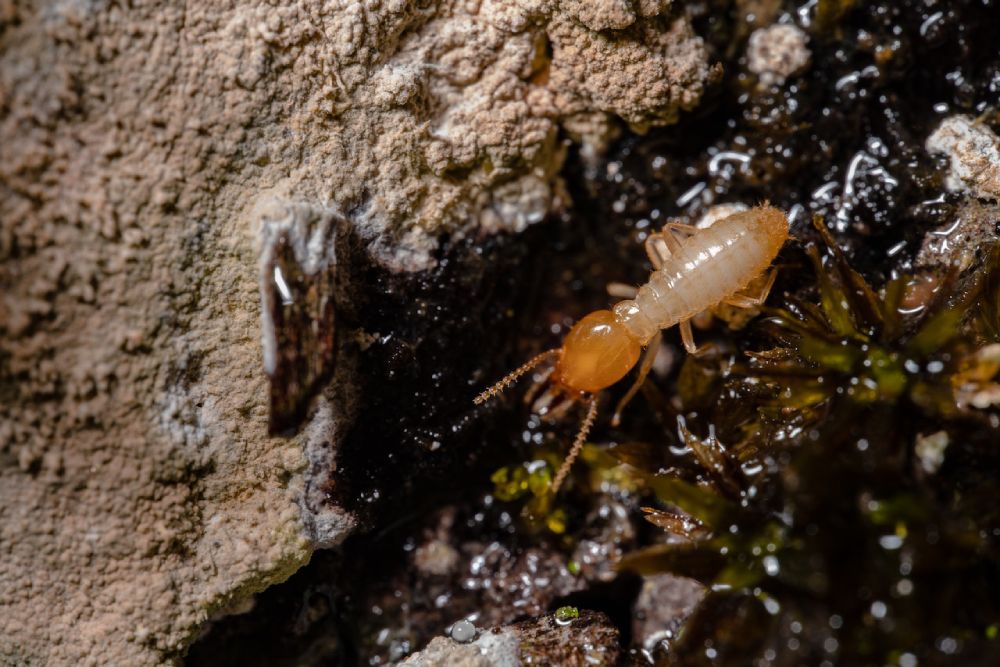Subterranean and dry wood termites are two common types of termites that can damage your home and property severely. Thus, it’s crucial to address termite infestations promptly to minimize damage and protect your property.
Subterranean and dry wood termites might need special treatment for eradication. Thus, let us explore effective methods to get rid of subterranean and dry wood termites.
Identifying Subterranean and Dry Wood Termites
Before diving into treatment options, it’s important to distinguish between subterranean and dry wood termites. Here are some key characteristics of each:
- Subterranean Termites
- They live in colonies underground and build mud tubes to access above-ground food sources.
- They require moisture and soil contact to survive.
- Common signs of subterranean termite infestation include mud tubes along foundation walls, damaged wood, and discarded wings near entry points.
- Dry Wood Termites
- They live and feed within dry wood, including furniture, framing, and wooden structures.
- They do not require direct soil contact or moisture to survive.
- Common signs of dry wood termite infestation include the presence of small kick-out holes, fecal pellets (resembling sawdust), and hollow-sounding wood.
Treatment Methods for Subterranean Termites
To effectively eliminate subterranean termites, consider the following treatment options:
- Liquid Termiticides
- Apply liquid termiticides to the soil around your home’s foundation or directly onto infested wood.
- These termiticides create a chemical barrier that repels or kills termites upon contact.
- Professional application is recommended for maximum effectiveness.
- Termite Baits
- Strategically place termite bait stations around your property to attract foraging termites.
- Once termites consume the bait, they carry it back to the colony, effectively eliminating the entire population.
- Regular monitoring and replenishment of bait stations are essential.
- Soil Treatment
- Treat the soil around your property with termiticides to create a barrier against subterranean termites.
- This method helps prevent termite entry and protects your home from future infestations.
Treatment Methods for Dry Wood Termites
To tackle dry wood termite infestations, consider the following treatment options:
- Spot Treatments
- Apply localized treatments directly to infested wood using termiticide foams or injections.
- These treatments target specific areas of termite activity within the wood.
- Heat Treatment
- Use specialized equipment to raise the temperature within the infested area to a level lethal to termites.
- Heat treatment effectively kills termites within the wood, including hard-to-reach areas.
- Fumigation
- Fumigation is a comprehensive treatment method for severe dry wood termite infestations.
- The structure is sealed and filled with a gas that penetrates the wood, eliminating termites at all life stages.
Professional Assistance and Prevention
While the methods mentioned above can be effective, severe termite infestations often require professional assistance. Pest control experts have the knowledge, experience, and specialized equipment to effectively treat subterranean and dry wood termite problems.
Additionally, to prevent future termite infestations, consider the following preventive measures:
- Regular inspections
- Reduce moisture
- Seal entry points
- Remove wooden debris
In Conclusion
By implementing appropriate treatment methods you can easily get rid of subterranean and dry wood termites. However, if you need further professional assistance, Life After Bugs is here to help you. We are a Houston Pest Control company, located in Houston, Texas. Our pest control services are versatile and cater to nearly all sorts of pest infestations. Thus, get in touch today and make your home pest-free!





